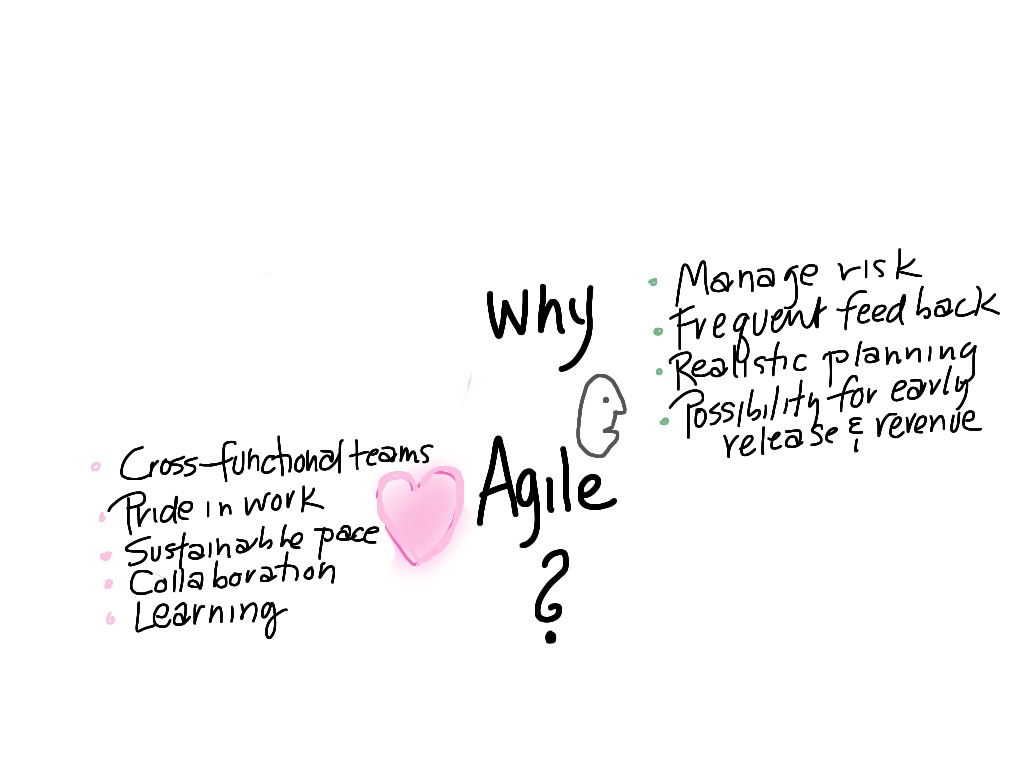When action grows unprofitable, gather information; when information grows unprofitable, sleep. Ursula K. Le Guin, The Left Hand of Darkness
A few months ago, I began writing a “Technically Speaking” column for this issue and just couldn’t make myself finish it. I started over on another topic, but couldn’t work up much energy for it. I started yet a third time, and found myself easily distracted.
The week my column was due, I was still starting over and over and over. I began to panic: “I’ve been writing this column for three years! I should be able to do this!”
I was stuck.
As it happened, I was scheduled to have lunch with my friend, Bob King, a software architect and a writer. Eventually, our conversation turned to writing.
I explained my problem to Bob. “What should I write about?” I asked.
“Why don’t you write about not knowing what to write about?” he suggested.
“Yeah, right,” I said, dismissively.
After lunch, I though about Bob’s suggestion a bit more, wondering if “un-sticking” could make an interesting column. Then I remembered that I’d recently received an email from a colleague who needed some un-sticking with a performance issue. And I remembered another colleague who had spent an entire day stepping through every line of code, determined to root out a bug. By the end of that day, she was completely out of ideas and still hadn’t found the bug—she was stuck.
“Oh,” I thought. “I’m not the only one who feels stuck. Perhaps Bob was on to something.”
So I compiled some strategies that get me moving again when I am at a dead end.
Notice what is happening. Am I making no progress despite several attempts? Am I repeatedly telling myself, “I should be able to do this?”
Take a break. Work on something else unrelated to the problem at hand, especially something physical. Tasks that occupy your body and require concentration occupy the conscious portion of your mind and leave the unconscious parts to work on the problem.
Verbalize the problem. I can’t tell you the number of times I haven’t been halfway through the explanation of a problem when the light bulb switches on. When no one else is around, I explain the problem to my dog. He’s a good listener, and remarkably astute.
Ask for help. Sometimes another person with a different point of view or a fresh set of eyes will see what I cannot.
Sleep on it. Sleeping on a problem can allow the unconscious mind to go to work. This strategy is not suitable in all work environments.
Make a list. Write down all the known facts about the problem. You may find that you need more information; or discover new patterns in the data.
Look where the problem isn’t. Quite often, a problem is exactly where I’m sure it isn’t. It couldn’t be in the subroutine I wrote, could it? Check those places, too.
Brainstorm. Think of twenty ways to solve the problem. Don’t dismiss anything until you’ve considered it carefully.
Sometimes it takes more than one of these jiggles to get going. Looking back on my most recent stuck-experience, I see that I applied four strategies. I noticed that I wasn’t making progress, but was repeatedly telling myself I should be. I took a break by going to lunch with Bob. (And eating is sort of physical, though in general I can’t endorse eating as a problem solving strategy for all the obvious reasons.) I asked for help. At first it didn’t seem like Bob was giving me the help I wanted. Help is often like that. Finally, I considered an idea that seemed way-out long enough to see its merit.
And I arrived here: at the end of another column and unstuck.
This column originally appeared in STQE, May/June 2003.


Robert M. Pirsig
“If your mind is truly, profoundly stuck, then it might be much better off than when it was loaded with ideas”
There are three states: not enough ideas, too many ideas, and just the right number of ideas.
In the first case (stuck) the task is to generate ideas.
In the second case,, the task is to prune the number of ideas.
In the third, to test and refine the ideas, then implement.